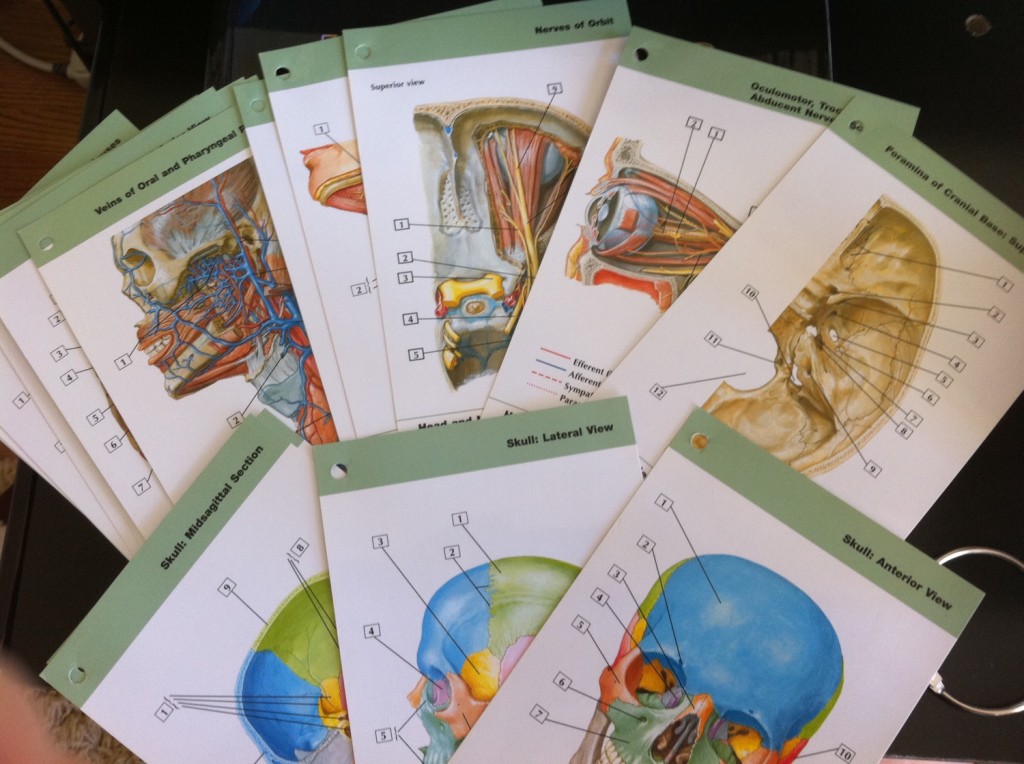Australian Optometry
The Land Down Under
Australia. What does that name bring to mind? Kangaroos, koalas, and emus? The Great Barrier Reef? Cricket games? How about optometry? If you are interested in practicing outside North America, volunteering your professional services internationally, or learning more about optometry in other countries, here’s an overview of the profession of optometry in Australia.
Optometric Profession in Australia
Optometry in Australia is a flourishing profession. Optometrists, like their counterparts in the United States, are primary healthcare providers. They meet the vision care and eye health needs of patients through prescribing glasses and contact lenses and treating diseases. Beyond refractive care, optometrists are authorized to diagnose and treat such diseases as glaucoma, uveitis, and conjunctivitis. Professionals in the field use and prescribe therapeutics, topical drops, and anesthetics (i).
Practice Settings
Australian optometrists practice in a variety of settings. Private practices are numerous, especially in urban areas. These employ the majority of the country’s practitioners. However, hospitals and other healthcare settings also provide jobs. Public health optometrists work among underserved populations through the Visiting Optometry Scheme. This program provides eye care to rural areas that cannot support an optometric practice.
The most medically underserved populations in the country are the Aborigines and Torres Strait Islanders. A 2016 study indicated that blindness and vision impairment among these groups is three time more prevalent than the rest of the country. Trachoma, a bacterial infection of the eyes and eyelids, is also rampant in these populations due to poverty and poor sanitation (iii). Through Visiting Optometry Services, optometrists provide much needed eye-care to isolated communities (iv).
Beyond Primary Care

In addition to comprehensive eye examinations, the need for optometric specialties, such as vision therapy, has formed many market niches. Organizations like the Australian College of Behavioral Optometrists (ACBO), and the Macular Disease Foundation Australia provide continuing education courses, educate the public, and fund research. The field of behavioral optometry is especially active. ACBO sponsors Optometric Extension Program courses throughout the country (ii).
Australian optometrists practice in a variety of settings. Private practices are numerous, especially in urban areas. These employ the majority of the country’s practitioners. However, hospitals and other healthcare settings also provide jobs. Public health optometrists work among underserved populations through Visiting Optometry Services. This program provides eye care to rural areas that cannot support an optometric practice.
Indigenous Populations
Australia has a large indigenous population. The most medically underserved populations in the country are the Aborigines and Torres Strait Islanders. A 2016 study indicated that blindness and vision impairment among these indigenous groups is three time more prevalent than the rest of the country. Trachoma, a bacterial infection of the eyes and eyelids, is also rampant in these populations due to poverty and poor sanitation (iii). Through the Visiting Optometry Scheme and groups like Lions Outback Vision, optometrists provide much needed eye-care to isolated communities (iv).
Optometric Education in Australia
Currently, five universities in Australia provide optometric education: University of Melbourne, Queensland University of Technology, University of New South Wales, Flinders University, and Deakin University. While the other programs confer a master’s degree in optometry, only the University of Melbourne offers a Doctor of Optometry degree. The master’s program is sometimes completed in conjunction with a bachelor’s degree in vision science or a related field. Overseas optometrists who wish to practice in the country must sit for the Competency in Optometry Examination, issued through the Optometry Counsel of Australia and New Zealand, to determine eligibility.
Further Reading
Are you ready to learn more about optometry in Australia? Check out these websites below.
- http://www.optometry.org.au
- www.acbo.org.au
- https://www.mdfoundation.com.au
- https://www.outbackvision.com.au
- http://www.ocanz.org


